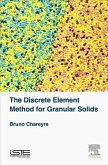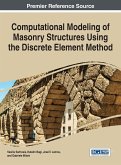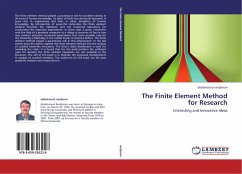Scientific Study from the year 2019 in the subject Engineering - Civil Engineering, Suzhou University of Science and Technology, language: English, abstract: This book introduces theoretical and practical aspects for modelling the impact fracture of glass and laminated glass using the combined finite-discrete element method (FDEM). The FDEM is a branch of the discrete element method (DEM), and combines finite element formulation into individual discrete elements. Thus, contact forces are evaluated more accurately. Regarding the fracture of glass, a Mode I-based smeared crack model is extended and employed in the FDEM, enabling crack initiation and propagation be captured naturally. Based on the employed method and the crack model, numerical examples on fracture of glass under both hard and soft impacts are presented and validated with data from computational and experimental sources. The combined finite-discrete element method is proven to be a reliable and robust tool for examining the impact fracture responses of glass.








